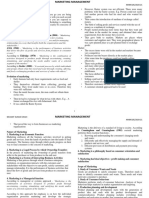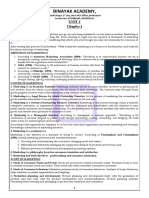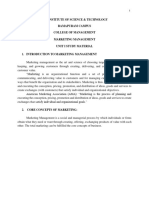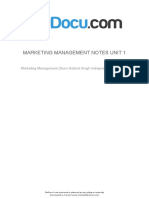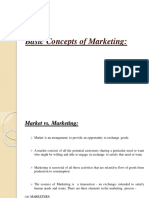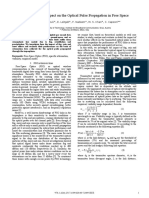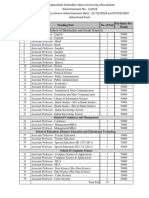0% found this document useful (0 votes)
28 views70 pagesSession 1 (Intro - Core Concepts)
Uploaded by
Prateek varshneyCopyright
© © All Rights Reserved
We take content rights seriously. If you suspect this is your content, claim it here.
Available Formats
Download as PPTX, PDF, TXT or read online on Scribd
0% found this document useful (0 votes)
28 views70 pagesSession 1 (Intro - Core Concepts)
Uploaded by
Prateek varshneyCopyright
© © All Rights Reserved
We take content rights seriously. If you suspect this is your content, claim it here.
Available Formats
Download as PPTX, PDF, TXT or read online on Scribd
/ 70



